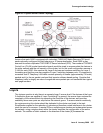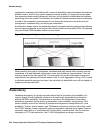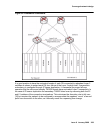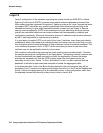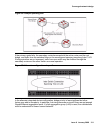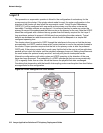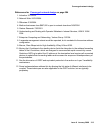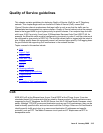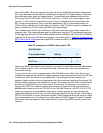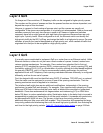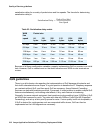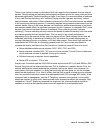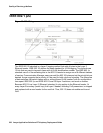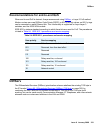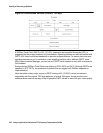
Issue 6 January 2008 315
Quality of Service guidelines
This chapter contains guidelines for deploying Quality of Service (QoS) for an IP Telephony
network. This chapter begins with an overview of Class of Service (CoS) versus QoS.
Class of Service refers to mechanisms that tags traffic in such a way that the traffic can be
differentiated and segregated into various classes. Quality of Service refers to what the network
does to the tagged traffic to give higher priority to specific classes. If an endpoint tags its traffic
with Layer 2 802.1p priority 6 and Layer 3 Differentiated Services Code Point (DSCP) 46, for
example, the Ethernet switch must be configured to give priority to value 6, and the router must
be configured to give priority to DSCP 46. The fact that certain traffic is tagged with the intent to
give it higher priority does not necessarily mean it will receive higher priority. CoS tagging does
no good without the supporting QoS mechanisms in the network devices.
Topics covered in this section include:
● CoS
● Layer 2 QoS
● Layer 3 QoS
● IEEE 802.1 p/Q
● DiffServ
● RSVP
● Queuing methods
● Traffic shaping and policing
● Fragmentation
● RTP
● Examples of QoS implementation
CoS
IEEE 802.1p/Q at the Ethernet layer (Layer 2) and DSCP at the IP layer (Layer 3) are two
standards-based CoS mechanisms that are used by Avaya products. These mechanisms are
supported by the IP Telephone, the S8300 Server, and the C-LAN and Media Processor circuit
packs. Although TCP/UDP source and destination ports are not CoS mechanisms, they can be
used to identify specific traffic, and can be used much like CoS tags. Other non-CoS methods to
identify specific traffic are to key in on source and destination IP addresses and specific
protocols, such as RTP. The Media Processor circuit pack and IP Telephones use RTP to
encapsulate audio.



